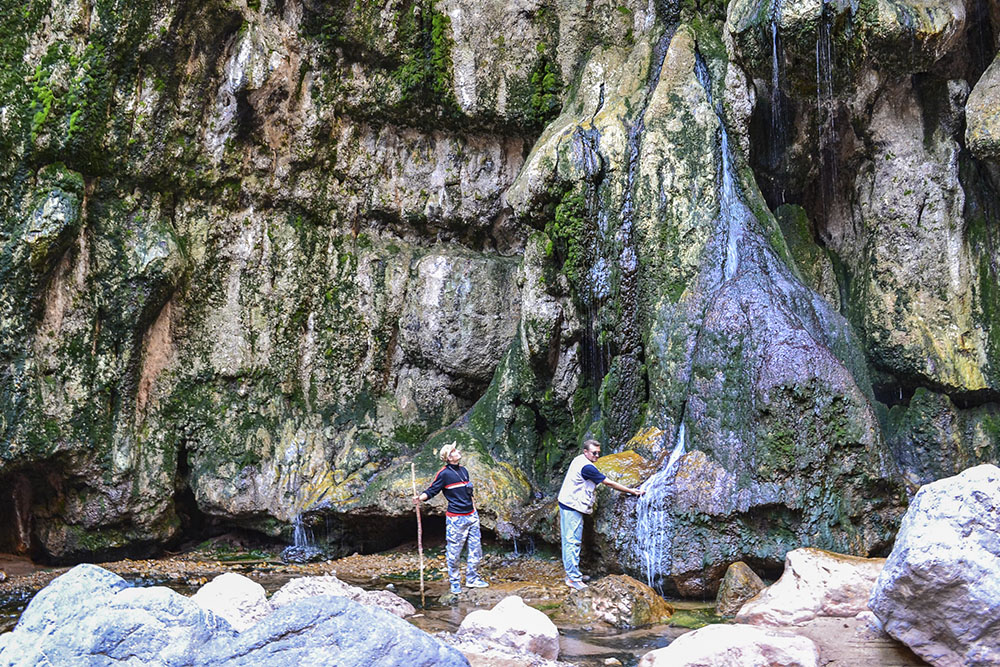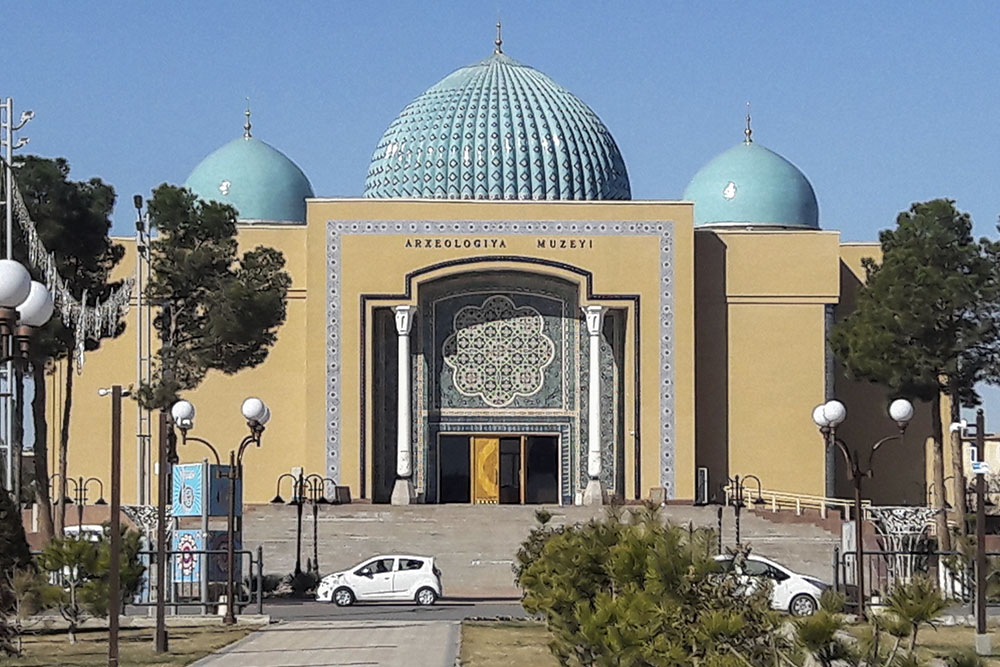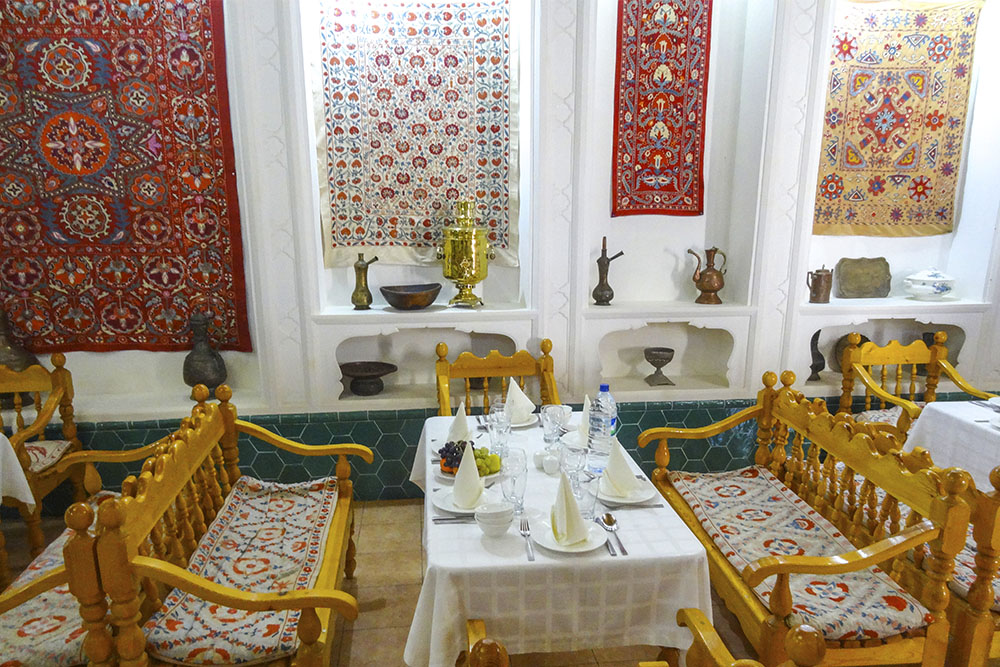Fayaz-Tepa, a complex of Buddhist temples.
The Fayaz-Tepa complex was discovered by L. I. Albaum in 1963, when the archaeologist was excavating a site near the Kara-tepe Buddhist temple in the centre of Old Termez. This complex features a wide diversity of paintings and numerous sculptures in a good state of preservation.
Kara-tepe is a 1st-4th-century Buddhist monastic complex built on three hills in the northwestern part of Termez. The complex includes a few temples and monasteries constructed in the early 2nd century AD.
When observed from above, the temple complex has the form of a series of U-shaped corridors, cells and sanctuaries. There is a free-standing stupa of great scientific interest.
Fayaz-Tepa is one of the few Buddhist cultic monuments in Central Asia that features a valuable collection of ancient Buddhist paintings. The walls of the complex were covered with numerous versions of Buddha’s image. Importantly, the images of Buddha at Fayaz-Tepa dated back to the 1st century AD rank among the oldest extant images of this divinity. The Fayaz-Tepa sculptural compositions also deserve special mentioning. One of them is a sculpture depicting Buddha sitting under the sacred bodhi-tree, with two monks standing on his two sides. The composition is bordered by an arch resting on a pair of Corinthian columns. The sculpture was made of limestone and covered with gold. Today this sculptural composition is one of the most valuable items in the Museum of History of Uzbekistan. The site features an interesting museum. Currently, a lot of research, restoration and preservation work is actively being carried out at Fayaz-Tepa.
Kara-tepe features original architecture, which consists of a combination of caves in sandstone and external structures built of pakhsa (rammed earth) and mud bricks. The internal parts of the temples were decorated with themed drawings, ornamental patterns on plaster and loess and clay sculptures. Marble-like limestone and fretted gypsum were widely used in the ornamentation of the temples.
The Buddhist complex flourished in the 2nd-3rd centuries. However, by the 4th-5th centuries most of its temples had stopped operating. In this period many of the caves were already used as graves, so their entrances were blocked with bricks. The walls of the Kara-tepe caves are still covered richly with ancient images and inscriptions in Old Bactrian, Persian, Sogdian, Syrian and Arab, which were made both when Buddhism was in its Zenith and when it was already declining.







